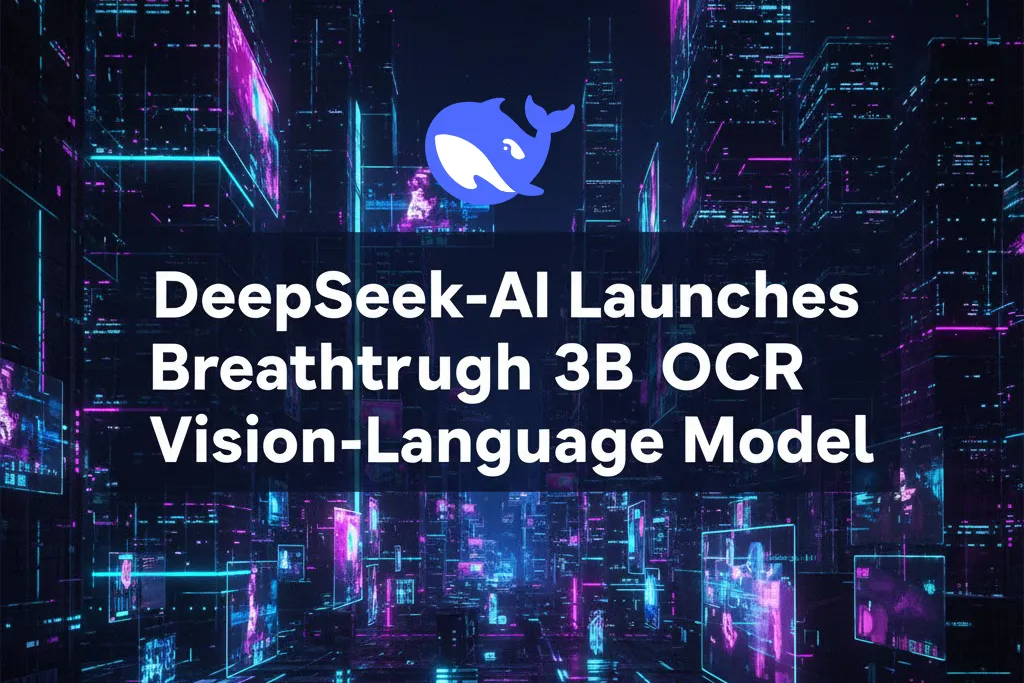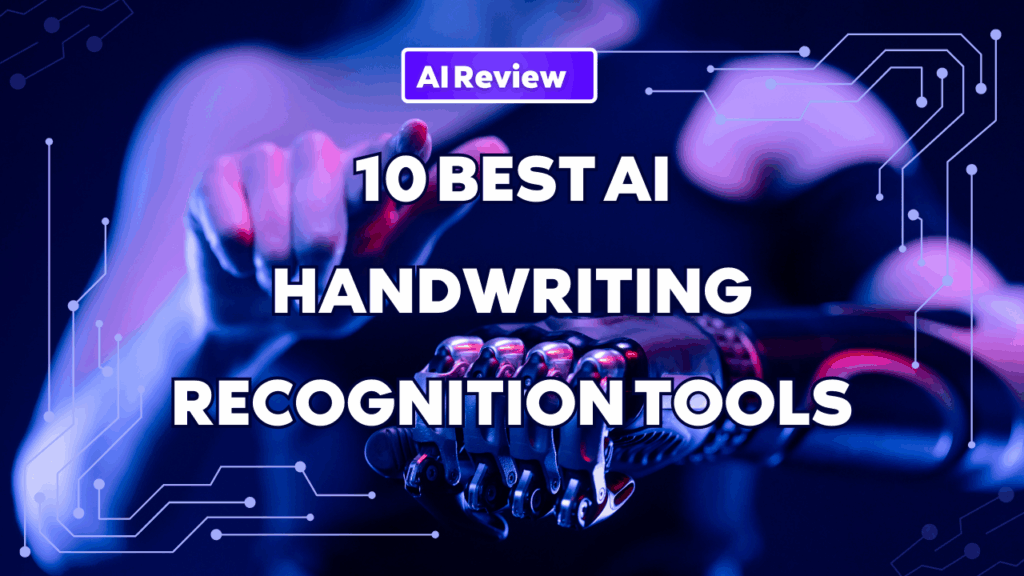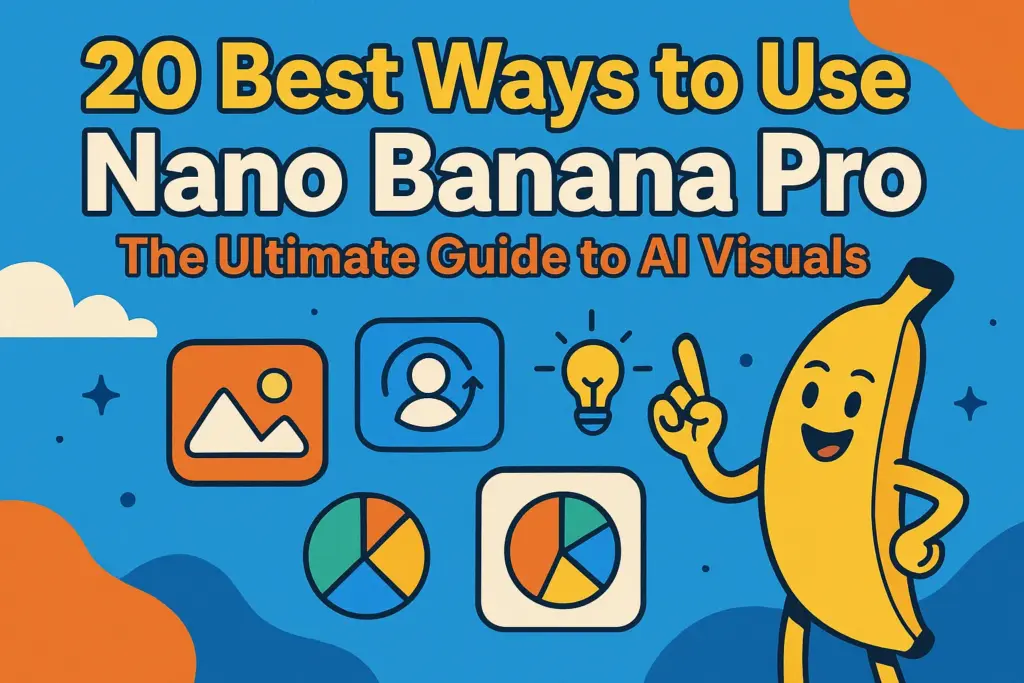In a major advance for document AI and optical character recognition (OCR), DeepSeek-AI has announced the release of DeepSeek-OCR, a 3-billion-parameter vision-language model (VLM) designed specifically for large-scale, high-accuracy OCR and structured document conversion. This release addresses one of the key bottlenecks in current AI workflows: how to process long, text-rich documents (such as reports, books or legal papers) efficiently, yet with high fidelity.
What Is DeepSeek-OCR, and Why Does It Matter?
DeepSeek-OCR isn’t just another OCR tool—it’s a vision-language model (VLM) built to fix the biggest pain points of traditional document processing: excessive token usage, slow inference, and poor handling of layouts or complex content (like tables, formulas, or chemical structures).
At its core, it uses “optical context compression”: converting text-heavy documents into compact visual tokens. Unlike text tokens (which are discrete and memory-hungry), visual tokens carry more information per unit—meaning you get more done with fewer resources.
For businesses, researchers, or developers, this translates to:
Faster processing of large document batches (e.g., academic papers, financial reports).
Lower cloud or GPU costs (fewer tokens = less computing power).
Accurate recognition of complex layouts (multi-column text, mixed text-images) that break basic OCR tools.

Deepseek-OCR Update Overview
DeepEncoder: A high-resolution vision encoder using a combination of window attention (based on SAM) for local perception and dense global attention (CLIP-style) for aggregated visual knowledge. It compresses the image into few vision tokens via a 2-layer convolutional compressor (16× down-sampling).
Decoder (DeepSeek3B-MoE-A570M): A 3-billion-parameter Mixture-of-Experts (MoE) language decoder, with roughly 570 M active parameters per token. This efficient decoder ingests the vision tokens and outputs the reconstructed text and structured data.
Dynamic modes: For complex documents (dense layout, charts, tables), the “Gundam” and “Gundam-Master” modes combine multiple tiled local views plus a global view to optimally allocate tokens based on document complexity.
Which fields will be affected by the update of Deep seek-OCR?
This model unlocks practical applications in many domains:
Large-scale enterprise document processing: Reports, contracts, technical manuals, books, scientific papers — the high throughput and compression make it cost-efficient.
Structured document conversion: Beyond plain text OCR, the model can parse charts, chemical formulas, geometric figures, tables and convert them into structured formats (e.g., HTML tables, SMILES) for downstream use.
Long-context workflows for LLMs/VLMs: By compressing thousands of text tokens into a few hundred vision tokens, the model enables long-form documents to be fed into large language models more economically — reducing token budget and memory overhead.
Multilingual and diverse format support: Although exact language coverage isn’t fully disclosed, the underlying architecture supports rich document formats and was trained on multimodal data.
What does the DeepSeek-OCR update mean?
In the previous section, we covered the overview of DeepSeek-OCR’s latest update. In simple terms, this version brings three major improvements: optimized token efficiency, enhanced document structure understanding, and a lighter, more streamlined experience for both developers and everyday users.
This upgrade benefits not only engineers but also those who rely on DeepSeek as a daily productivity assistant—delivering noticeable boosts in accuracy and speed across several dimensions:
Reducing errors in long-document recognition
When processing lengthy reports or research papers, traditional OCR or vision-language models tend to consume large amounts of computation and tokens, often “forgetting” earlier content during the process.
DeepSeek-OCR introduces a visual compression mechanism that condenses long documents into fewer tokens before performing semantic understanding and data extraction. This approach saves computational resources, enables more stable context management, and significantly reduces recognition errors in long-form documents.
Saving time on complex document organization
In fields such as law, finance, research, and marketing, documents often contain intricate layouts—tables, charts, formulas, and multi-column structures. The updated DeepSeek-OCR intelligently recognizes and reconstructs these mixed elements, not just plain text, while preserving much of the original formatting.
This makes digitalization and structural reorganization of documents faster and more accurate—ideal for archiving, report compilation, or AI-driven document reading.
Breaking cross-language and cross-domain barriers
The model’s new training dataset spans 100+ languages and over 30 million document pages, covering both major and low-resource languages. It has also been trained to recognize specialized content such as geometric diagrams and chemical formulas.
As a result, global enterprises can now extract text from multilingual contracts or Japanese financial statements without using separate tools, while educators and researchers can digitize math or science materials—accurately identifying visual structures without manual redrawing.
A new hypothesis: using resolution to simulate a “forgetting mechanism”
One of the most intriguing ideas from the DeepSeek team is the use of resolution as a way to simulate selective memory.
In simple terms, the system “remembers” documents at different levels of clarity:
- High resolution for critical details (like charts and formulas).
- Low resolution for less essential information or general layout.
This design allows the system to store large document histories more efficiently and, when retrieving data, intelligently decide which parts require full reconstruction and which can be summarized. In essence, it gives AI a more human-like selective memory, improving long-term knowledge management and retrieval efficiency.
However, this approach also poses challenges. Lowering resolution inevitably sacrifices some information. If data is compressed too heavily, restoring fine details becomes difficult. Future versions will need to balance resource optimization with accuracy retention to fully realize this idea’s potential.
Looking ahead: a turning point for Document AI
The release of DeepSeek-OCR marks a major milestone in the evolution of Document AI. It advances OCR from simple text extraction toward structured comprehension and intelligent document reasoning.
Once officially launched in 2025, both everyday users and developers can expect faster recognition, more precise structured outputs, and a smoother user experience.
It’s worth noting that OCR is not the only pathway to image-to-text understanding. Large Language Models (LLMs) can also perform visual text extraction through multimodal perception.
In a previous article, we compared various image-to-text converters (see full guide).
At iWeaver.ai, we use OCR-based structured extraction technology—offering high accuracy and domain-specific optimization.
If you’d like to experience iWeaver’s OCR capabilities, try the AI Image Summarizer.



